The National Museum of Computing, Bletchley Park
Last time I wasn’t able to get into The National Museum of Computing, so this time I had double checked their open hours, and – I’m going in.
Below there is a bunch of photos of things which had caught my eye. Of course, there is much more stuff in the museum.
The real BBS, even if running Windows.

The ancestors of an era.


The NeXT CUBE.

Brothers! This is an 1200 bps modem, or 300 full duplex.

Have you seen The Matrix? Remember the modem they used for teleportation?

I’d be surprised if there isn’t Raspberry Pi in the British museum, so here it is.
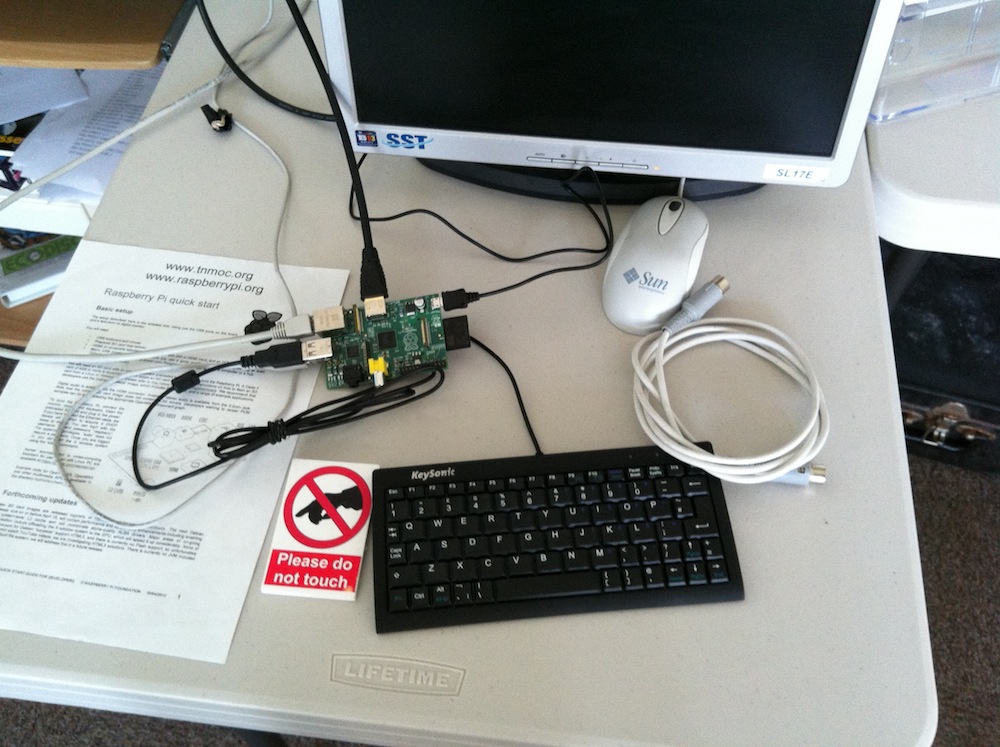
A portable laser-disc storage.

Oh, I should probably buy this one and relax.

Brothers! Fasten your seat belts. This is the whole room of working BBC Micros. Books and manuals are ready to help. You can sit and program.


And I did.

BBC Micro inside.

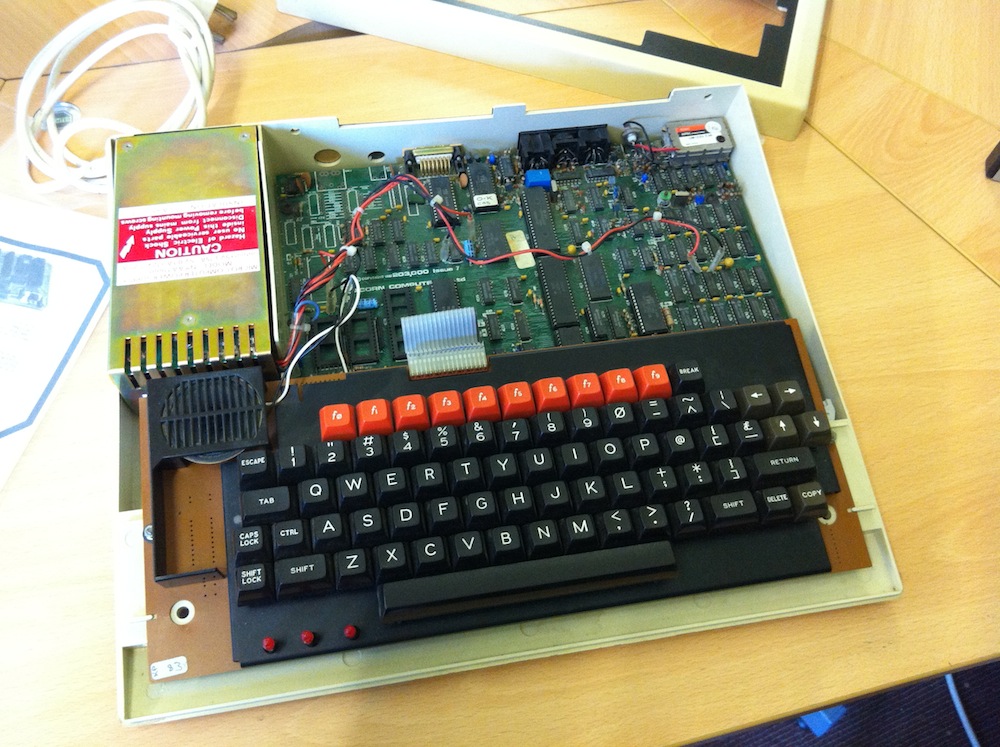
Books are everywhere, new ones, old ones.

RML 380Z

PET Commodore

ELIZA can ask questions and answer.

The history of computer memory, from bulbs to SIMMs, DIMMs and all the rest of it.
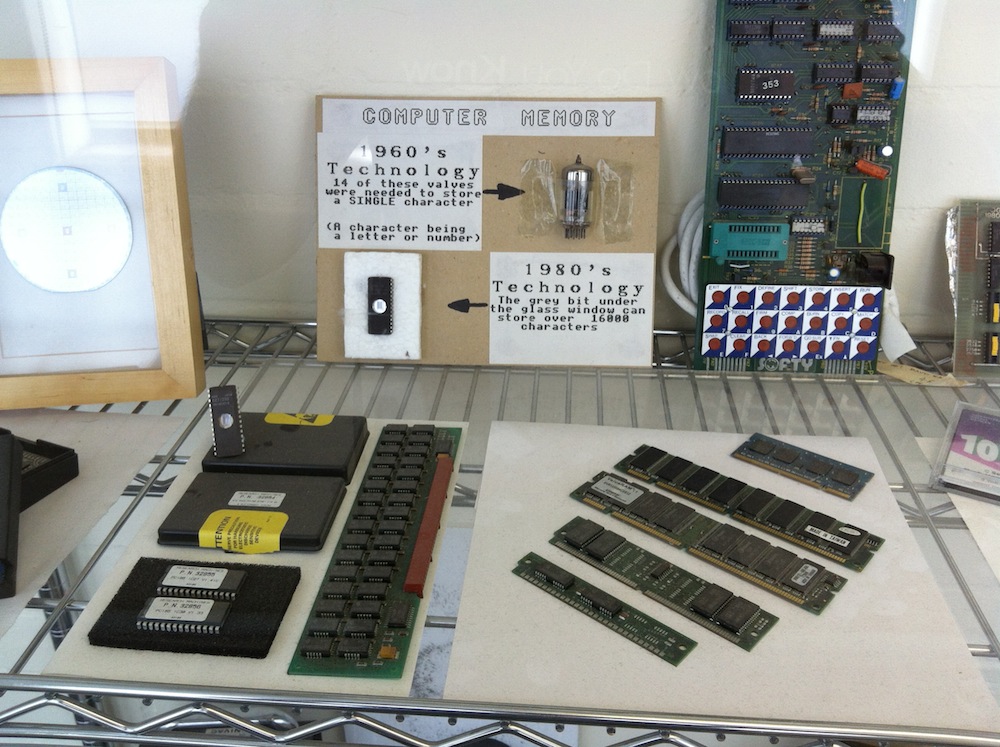
A flash drive from the past.
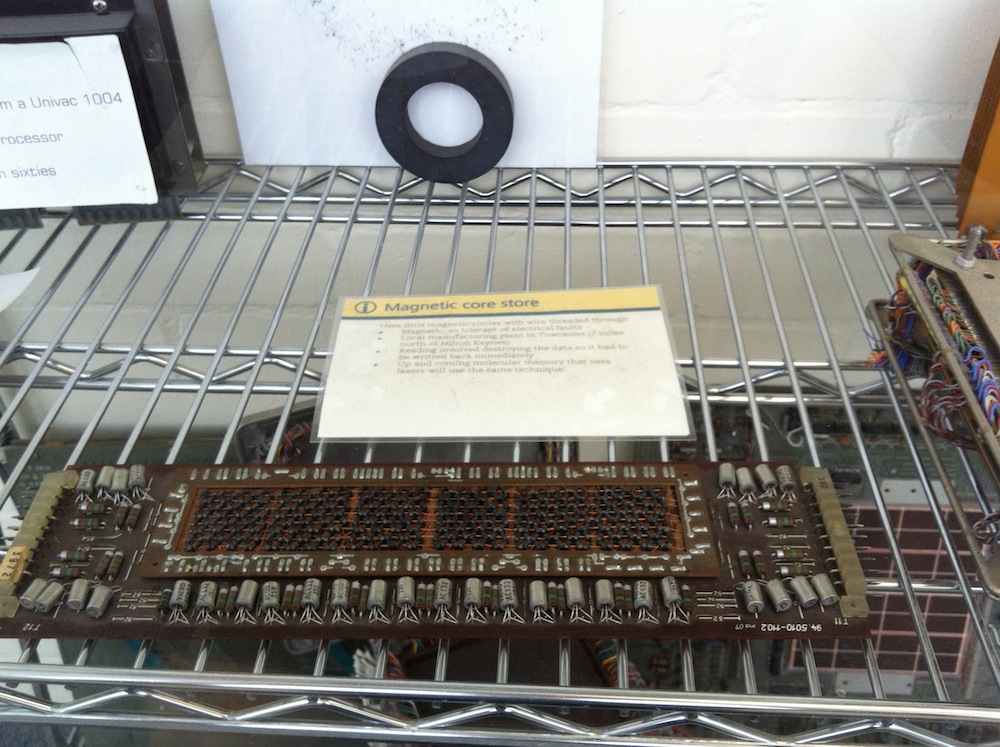
Computer trainers. I love these charmy devices.
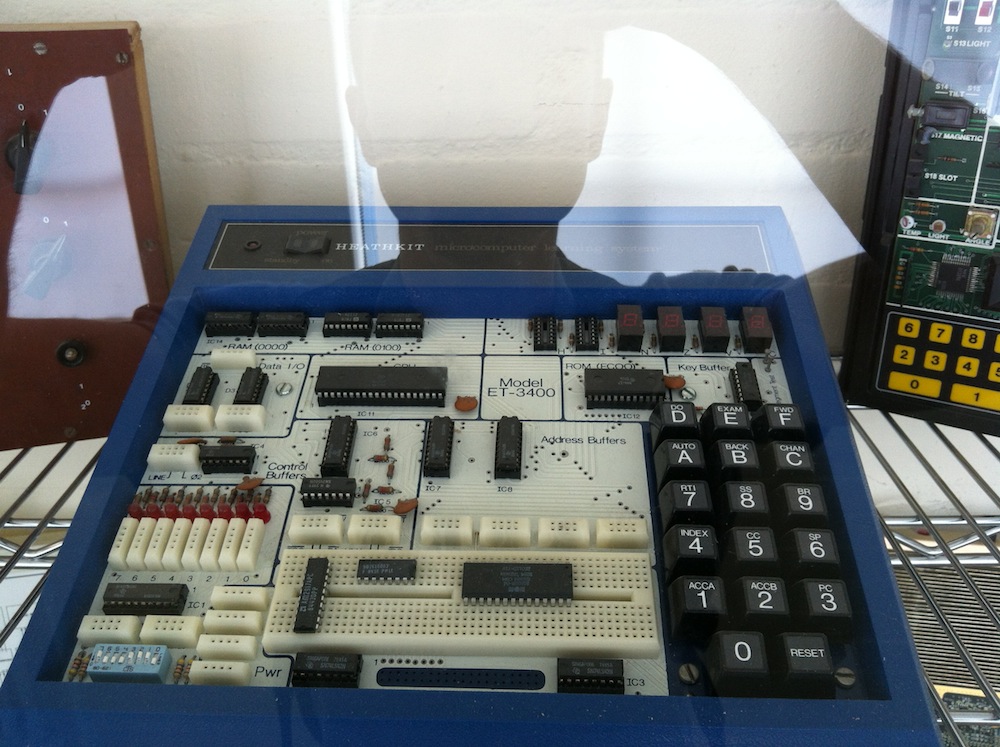



Would you like to study on this one? I would.

Ergonomic keyboards weren’t invented yesterday.

A very expensive computer for business from the 80-th.

There are a few lovely cassettes on a huge bookshelf with manuals. It turns out that they were used not only at home.

Go to a middle heavy weight. Now floor-standing machines instead of desktops.
Cray

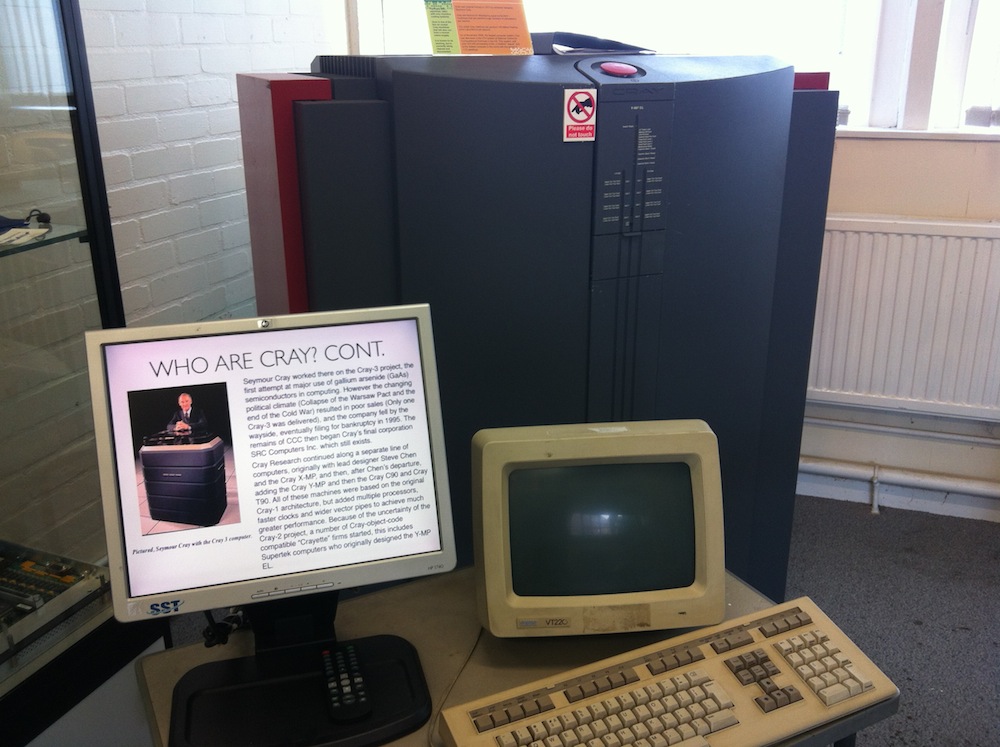
PDP-8
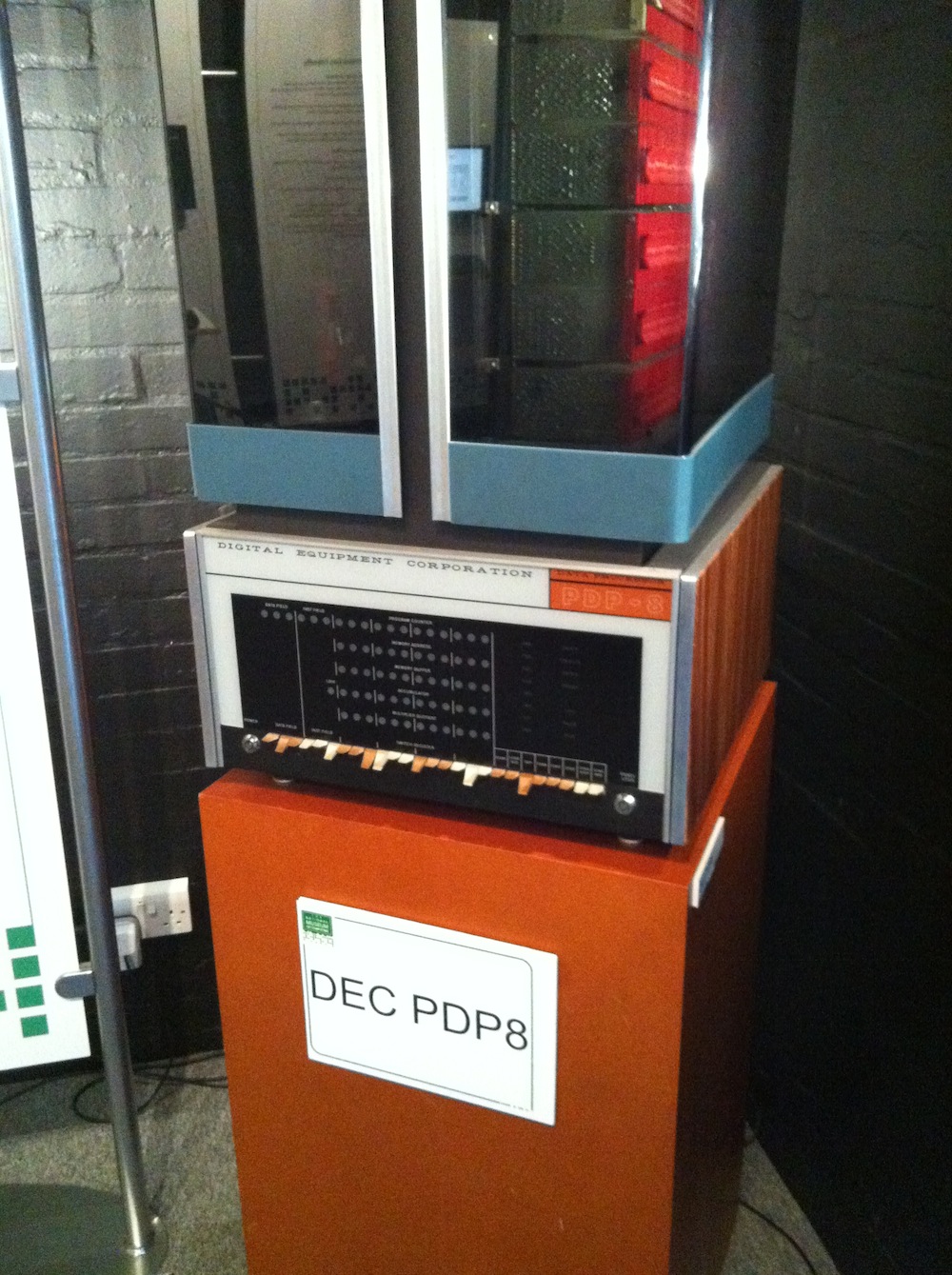
PDP-11
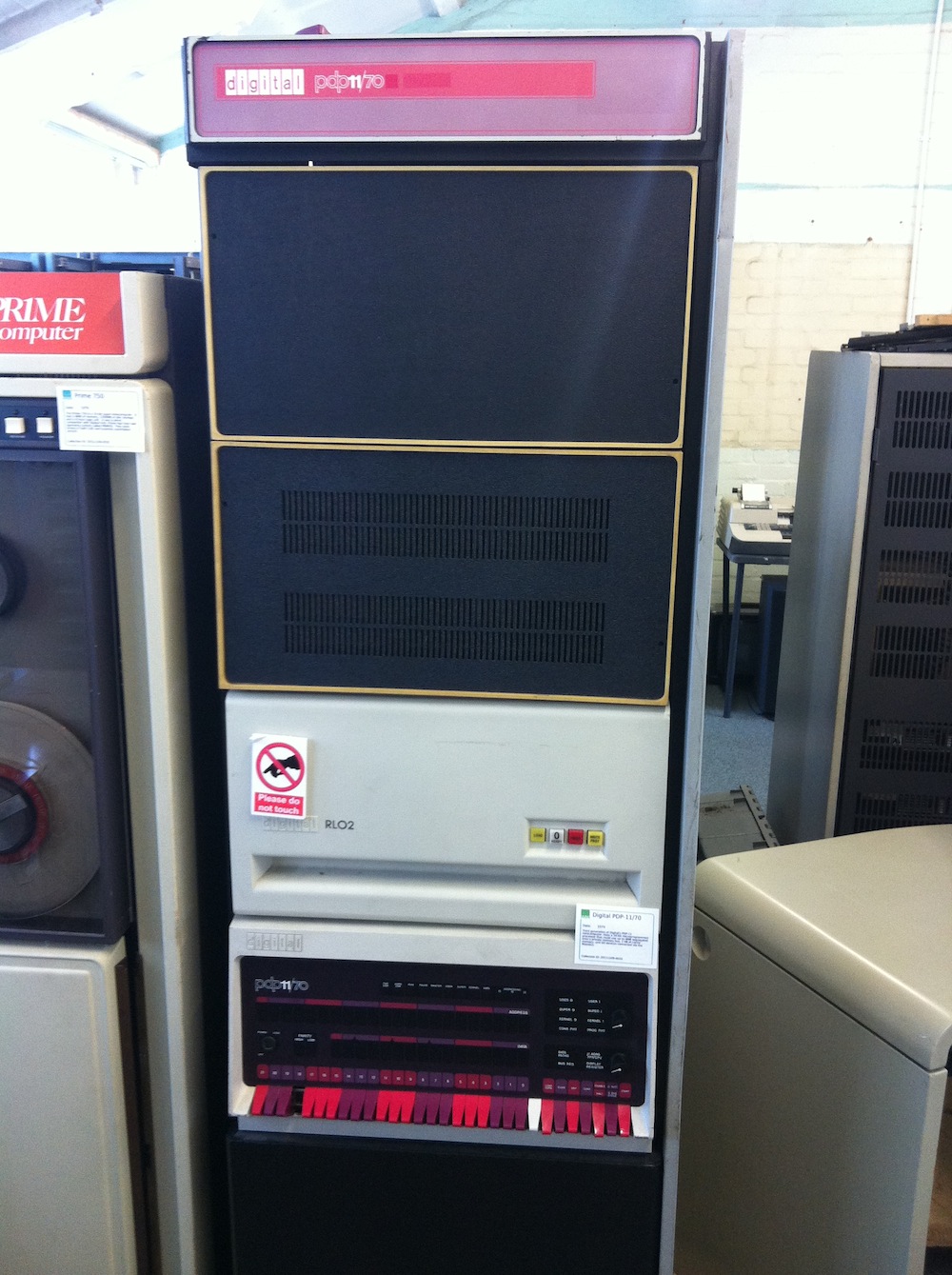
A XEROX workstation.

VAX. I “saw” this guy only via a terminal when I was studying.

A graphical station.
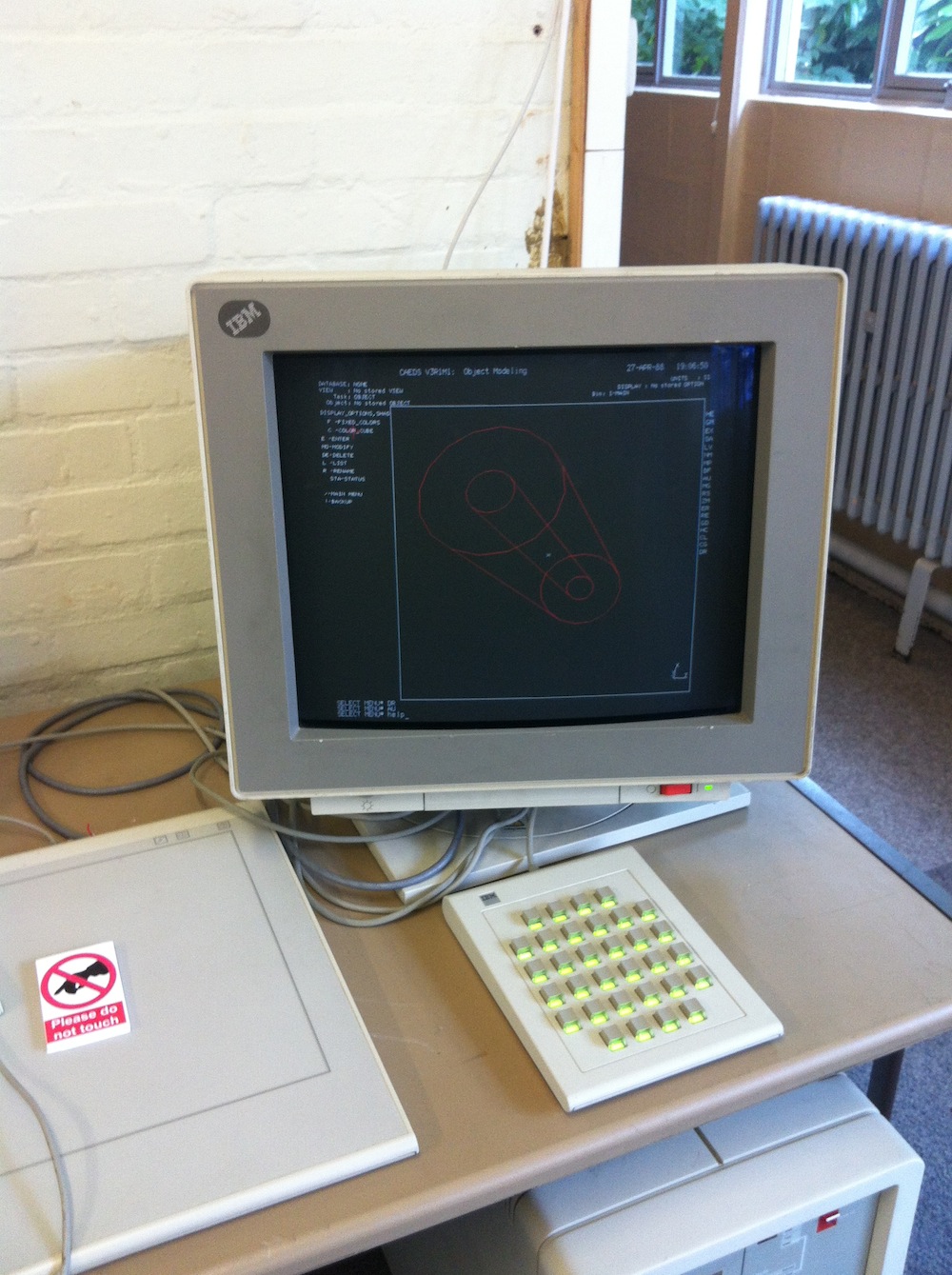

Terminals, terminals.

A hall of epoch-making computers.

Recognize this guy?

In the corner? We (Russians) knew it as a Zonov’s clone implemented on Soviet parts, but this is the original.

In action.
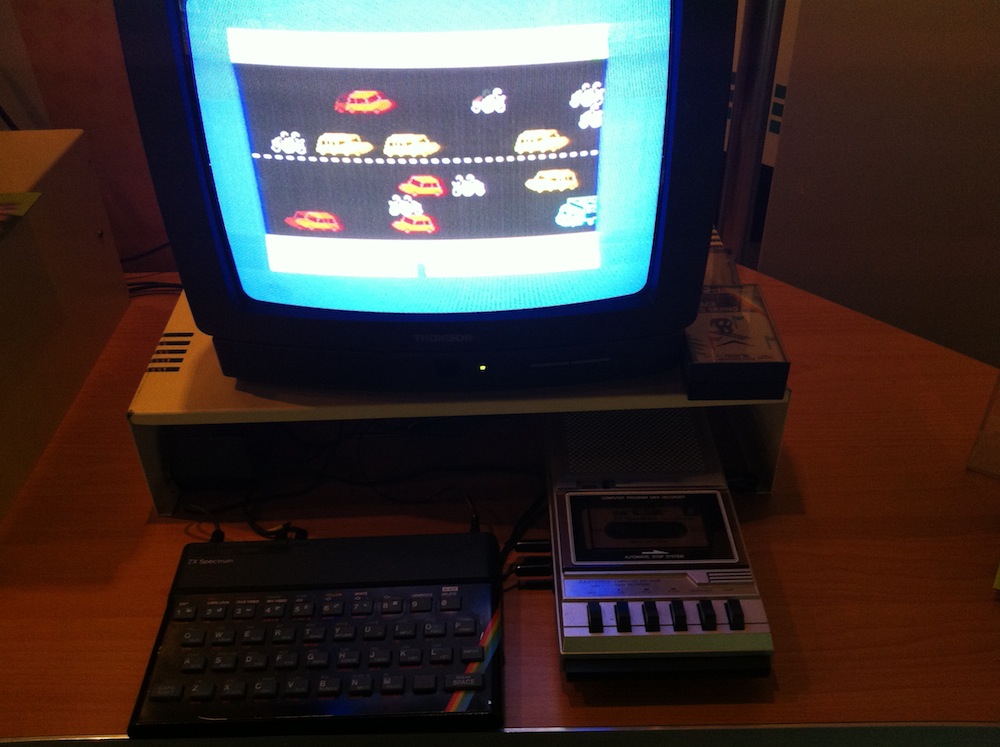
It turns out that there were hell a lot of machines in the keyboard case form factor.

This computer had launched Microsoft.

This one had started Apple.

You can land your bottom on the bench and play rare games of epoch-making rare computers form the 80-th.


A room to play the Flight Simulator.

The mainframes.

UNIX. The Beginning.

A real radar monitor.

By the way, a true computer museum cannot be without WiFi, so here it is.

PDP-11

An analog computer. In digital computers we break down tasks into primitive binary operations. In analog computers we have to use operational amplifiers to add, subtract, integrate or differentiate electrical signals.

Convenient, however.

A new, not yet complete exposition.
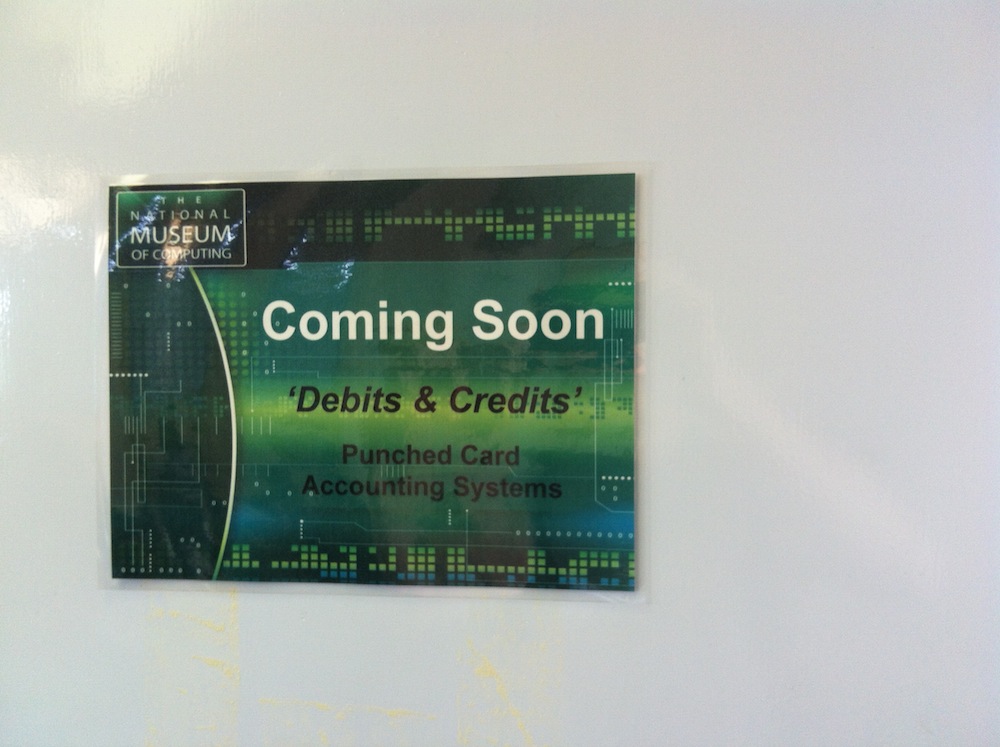
But something is already there.

Punch card machines.


A (attention) calculator!

The archives of Computer Weekly.

Brothers! This is just awesome, the must see place for computer enthusiasts. Unfortunately, I had only forty minutes for everything, so maybe I’ll go there once again.
Disclaimer